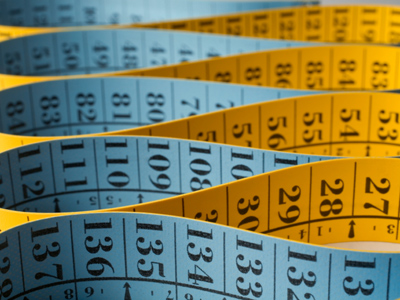
Many everyday items have numbers on them!
Number Sequences - Mixing Arithmetic and Geometric Sequences
This Math quiz is called 'Number Sequences - Mixing Arithmetic and Geometric Sequences' and it has been written by teachers to help you if you are studying the subject at middle school. Playing educational quizzes is a fabulous way to learn if you are in the 6th, 7th or 8th grade - aged 11 to 14.
It costs only $12.50 per month to play this quiz and over 3,500 others that help you with your school work. You can subscribe on the page at Join Us
By now you should understand that a sequence is a series or grouping of things arranged in a specific order and in math, it refers to a series of arranged numbers. There are two sequences – the arithmetic sequence and the geometric sequence.
(15, 45, 135, 405, 1,215)
(64, 52, 40, 28, __, 4)
(22, 40, 58, 76, 94, 112)
(78, 83, 88, 93, _____, 103, 108)
(2, 18, 162, 1,458, _____, 118,098)
Ready for more?
not all...
quizzers. Try to win a coveted spot on our Hall of Fame Page.







